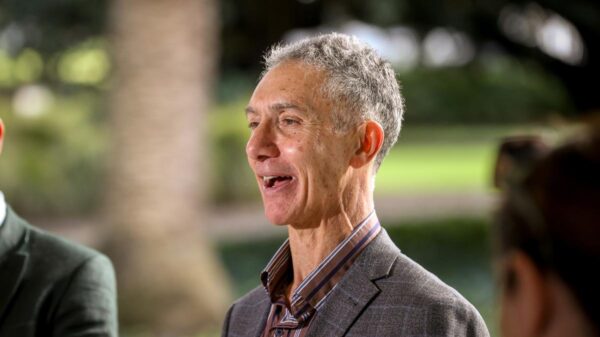The Reserve Bank of Australia (RBA) surprised markets and borrowers alike by deciding to keep interest rates unchanged, going against widespread expectations for a rate cut. This decision, made with a six to three majority among the board members, was announced on October 2023, sparking discussions about the bank’s cautious approach amidst economic uncertainty.
Market Reactions and Economic Implications
Investors and economists had largely anticipated a reduction in rates, a move they believed necessary to stimulate growth in the current economic climate. According to Michael Janda, the ABC Business Editor, the RBA’s decision indicates a preference for stability over aggressive action. Many in the financial sector are now questioning the bank’s strategy, considering the pressures of rising living costs and economic slowdown.
The decision to hold rates steady suggests that the RBA is prioritizing long-term economic stability over short-term gains. This approach aims to manage inflation without causing undue volatility in the financial markets. Economists are divided on the impact of this decision, with some arguing it might dampen consumer confidence, while others see it as a prudent measure to prevent overheating in certain sectors.
Insights from Financial Experts
Janda’s analysis of the situation highlights the potential risks and rewards of the RBA’s cautious stance. He notes that while the decision may seem conservative, it reflects the bank’s assessment of current economic indicators and global financial conditions. “The board’s split vote underscores the complexity of the situation,” Janda commented, emphasizing the challenges faced by policymakers.
Borrowers who were hoping for relief in the form of lower interest rates will now need to reassess their financial strategies. The decision not to cut rates could mean higher costs for many, particularly those with variable rate loans. This development places additional pressure on household budgets, already strained by other economic factors.
The RBA’s stance has also sparked discussions about future monetary policy directions. With the global economy facing numerous challenges, including geopolitical tensions and fluctuating commodity prices, the bank’s next moves will be closely watched by both domestic and international observers.
As the financial landscape continues to evolve, the RBA’s decision to hold interest rates steady will remain a pivotal point of analysis for economists and investors. This move not only reflects the current economic realities but also sets the stage for future policy decisions in Australia.





























































